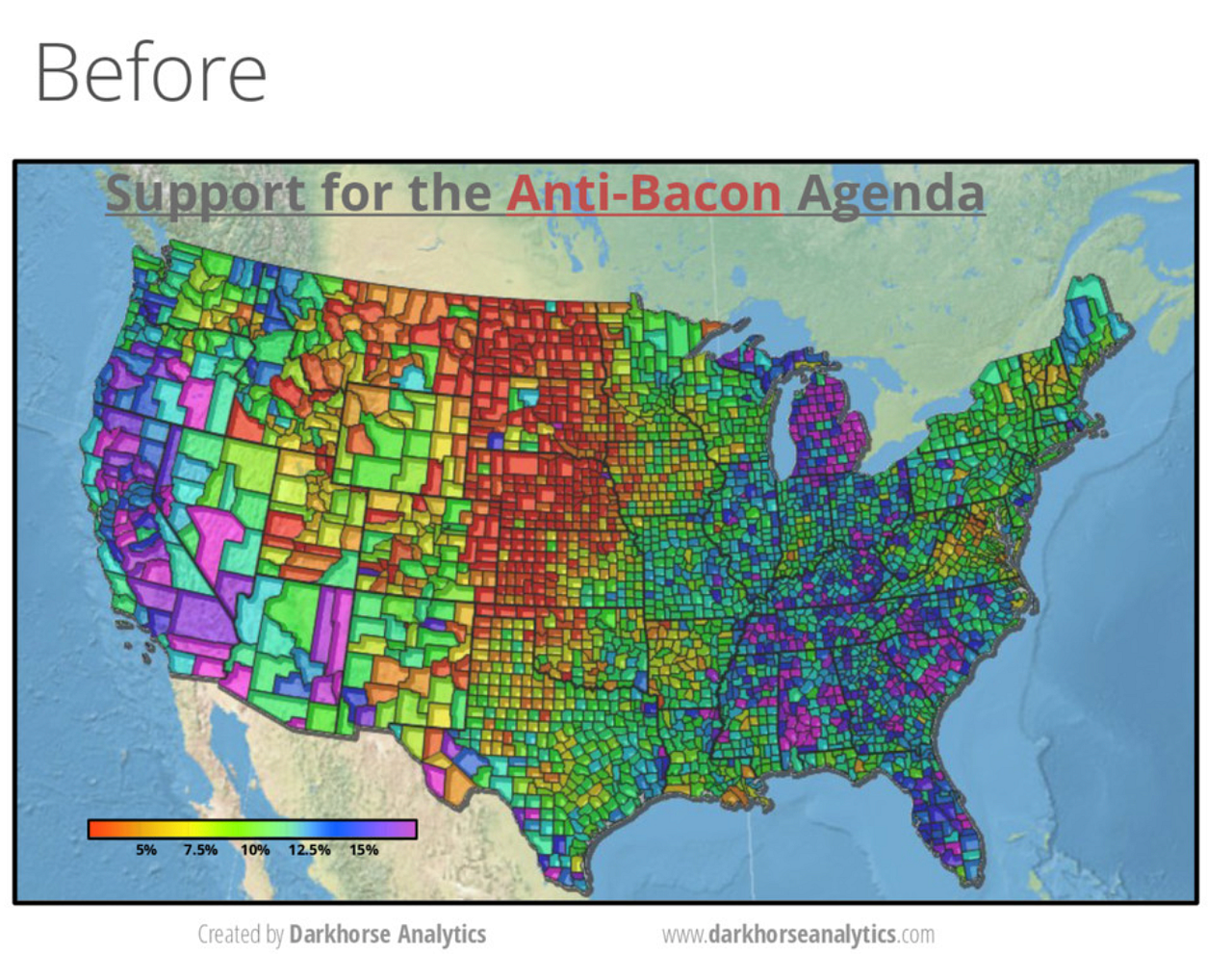/simplexct/Slide4.jpeg)
The Dataink ratio
The data-ink ratio is the proportion of Ink that is used to present actual data compared to the total amount of ink (or pixels) used in the entire display. (Ratio of Data-Ink to non-Data-Ink). Good graphics should include only data-Ink. Non-Data-Ink is to be deleted everywhere where possible.

Dataink Ratio Animation How to Simplify Data Visualization
1. Data Visualization, Part 5: Data-Ink. 2. remove-to-improve-the-data-ink-ratio. 3. Data-Ink_Ratio. 4. Maximizing the Data-Ink Ratio in Dashboards and Slide Decks. 要是想系统化地了解商业数据分析的设计原则,也可以看这篇文章: 相信会对您有帮助。 欢迎收藏此文。

Dataink Ratio Animation How to Simplify Data Visualization
In case you are not familiar with this classic book and concept, the data-ink ratio is the portion of ink (i.e. pixels) that makes up data-information on the view. Over time, I've realized that this single concept is the core of almost all my design tips.
/simplexct/Slide20.jpeg)
The Dataink ratio
7 shares Cite this article Literature on Data-Ink Ratio Here's the entire UX literature on Data-Ink Ratio by the Interaction Design Foundation, collated in one place: Learn more about Data-Ink Ratio Take a deep dive into Data-Ink Ratio with our course User Experience: The Beginner's Guide .
/simplexct/images/Fig2-wd319.png)
The Dataink ratio (Tables)
Data Ink Ratio = Data ink / Total ink used in the visualization. To ensure effective data display, it is essential to prioritize increasing the data-ink ratio when designing any type of visualization. This means utilizing data ink exclusively and minimizing or eliminating non-essential ink. By doing so, the focus remains on the data rather than.
/simplexct/Slide2.jpeg)
The Dataink ratio
In this beginner's guide to the Data Ink Ratio, learn how to create better charts, graphs and data visualizations in this demo tutorial using the Data to Ink.
/simplexct/images/Fig0-b9217.png)
The Dataink ratio
The data-ink ratio. Time-series, relational graphics, data maps, multivariate designs. Detection of graphical deception: design variation vs. data variation. Sources of deception. Aesthetics and data graphical displays. This is the second edition of The Visual Display of Quantitative Information.

Dataink Ratio Animation How to Simplify Data Visualization
Data-ink ratio. Before I dive into the "Five Qualities of Great Visualizations," there's another related concept that I want to cover: data-ink ratio, introduced by Edward Tufte in The Visual Display of Quantitative Information. Tufte defines the data-ink ratio as the amount of data-ink divided by the total ink required to print a graphic.

Data to Ink Ratio (Tufte principle of Data Visualisation) YouTube
In other words, the data-ink ratio is the ratio of elements in a visual representation conveying information to the total elements in the image. We can also define the data-ink ratio as the proportion of the visualization that can be erased from the visualization without losing any information.
DataInk Ratio Animation and How to Apply it in Tableau
In his 1983 book, The Visual Display of Quantitative Information, Edward Tufte introduced the concept of the data-ink ratio in data visualization. In case yo.
/simplexct/images/Fig2-b7d62.png)
The Dataink ratio
Table of contents. 6.2.1 Show the data and make them stand out. 6.2.2 Maximize the data/ink ratio. 6.2.3 Avoid chartjunk. 6.2.4 Avoid distorting the data. Many books have been written on effective visualization of data. There are some principles that most of these authors agree on, while others are more contentious.
/simplexct/Slide38.jpeg)
The Dataink ratio
In a nutshell, the data to Ink ratio is the idea that we want to maximize the amount of ink we're using to show data versus the amount of ink we're using to show the visualization. The term was first introduced by Edward Tufte. We want to maximize the Data to Ink Ratio in general, without sacrificing design too much.
/simplexct/images/Fig3-h15bd.png)
The Dataink ratio (Tables)
In 1983, American professor of statistics and computer science Edward Tufte introduced the concept of data-ink ratio in his famous book, "The Visual Display of Quantitative Information."Data-ink ratio is a pioneering disciplinary theory in data visualization that has been highly influential in recommended practices and teachings, with its excellency reflecting a minimalistic style of design.
Dataink Ratio Explained With Example Code Conquest
Or mathematically by the formula: Data-ink ratio = data-ink / total ink used to print the graphic Tufte splits ink used to display information into two categories: Data-ink and Non-data-ink. Data-ink is that portion of ink dedicated to represent the core of a graph—the measured quantities.

Declutter your Chart with DataInk Ratio by Sudharsan Asaithambi Medium
Data-ink ratio = 1. data-ink divided by the total ink used to print the graphic. 2. the proportion of a graphic's ink devoted to the non-redundant display of data information. 3. One.
/simplexct/images/Fig1-u7cee.png)
The Dataink ratio (Tables)
Data-ink ratio WHAT The data-ink ratio pattern relates to the amount of ink used to provide useful information. It compares the amount of data versus the amount of ink, or pixels, used in the display. A well-designed app should aim for a high ratio of relevant to irrelevant information, or a high ratio of data to ink.
